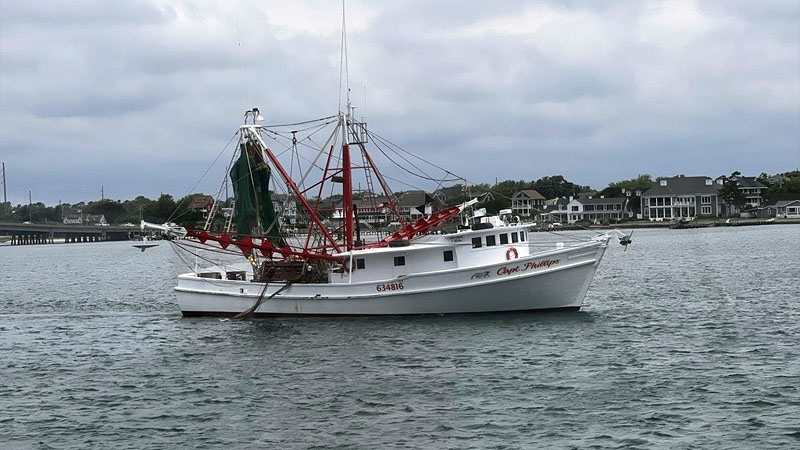Exclusive content

In the United States, three advisory committees of the North Carolina Marine Fisheries Commission are set to convene in April to deliberate on a proposal aimed at safeguarding submerged aquatic vegetation (SAV) through potential shrimp trawl area closures. These discussions come amidst growing concerns regarding the impact of shrimp trawling on underwater habitats.
Meetings and Public Engagement
The meetings will be conducted in person and simultaneously live-streamed on YouTube, allowing broader participation and engagement. Public comments will be accepted during these sessions, providing stakeholders with a platform to express their views directly to decision-makers.
- Northern Advisory Committee: April 9, 6 p.m. in Manteo.
- Southern Advisory Committee: April 10, 6 p.m. in Morehead City.
- Shellfish/Crustacean Advisory Committee: April 11, 6 p.m. in Morehead City.
Importance of Submerged Aquatic Vegetation
Submerged aquatic vegetation holds significant ecological importance, serving as essential fish habitat and spawning grounds for various species. However, shrimp trawling poses a threat to these vital ecosystems, prompting the need for protective measures.
The proposed initiative aligns with the 2021 Amendment to the Coastal Habitat Protection Plan and the N.C. Shrimp Fishery Management Plan Amendment 2, both emphasizing the necessity to enhance the protection and restoration of SAV. The Marine Fisheries Commission’s endorsement of these amendments underscores the urgency of addressing this pressing issue.
Interactive Mapping Tool
To facilitate a comprehensive understanding of the proposed closures and their impact, an interactive map has been developed. This tool offers insights into SAV distribution, current trawling restrictions, and areas earmarked for potential closure. The map can be accessed at this link.
The proposal has elicited mixed reactions within the shrimp trawling community. While acknowledging the significance of protecting SAV, stakeholders express apprehensions regarding the efficacy and potential ramifications of additional trawling restrictions.